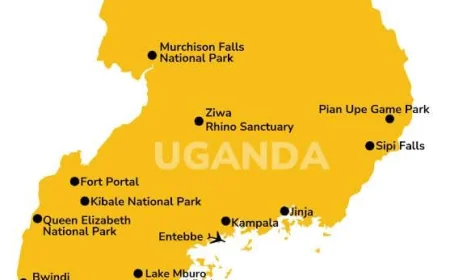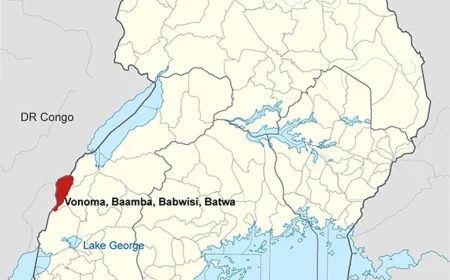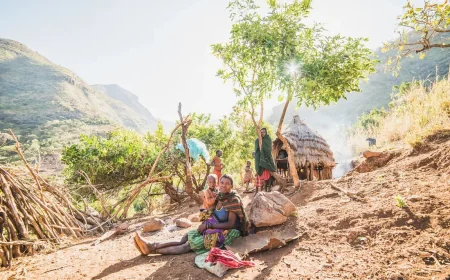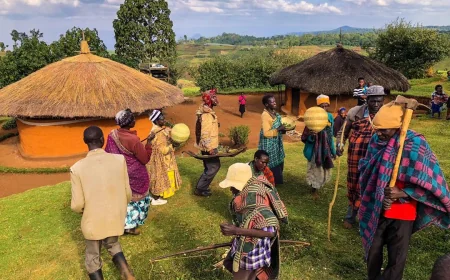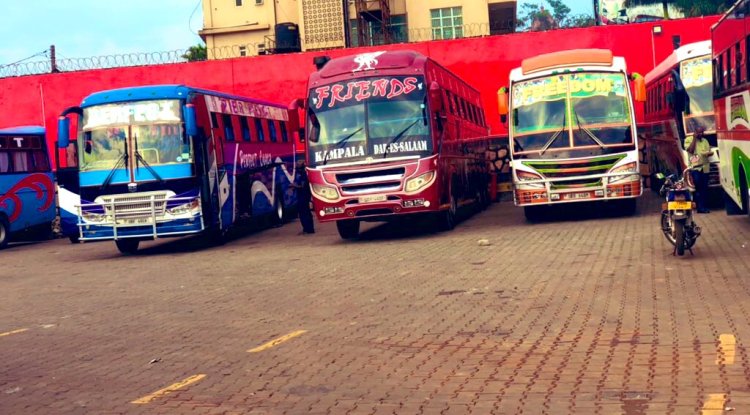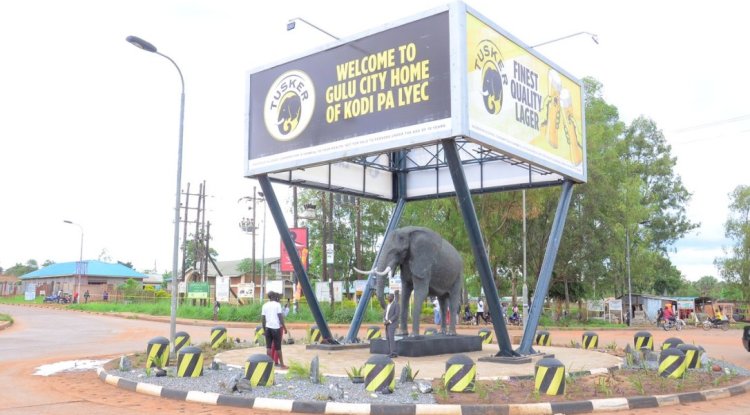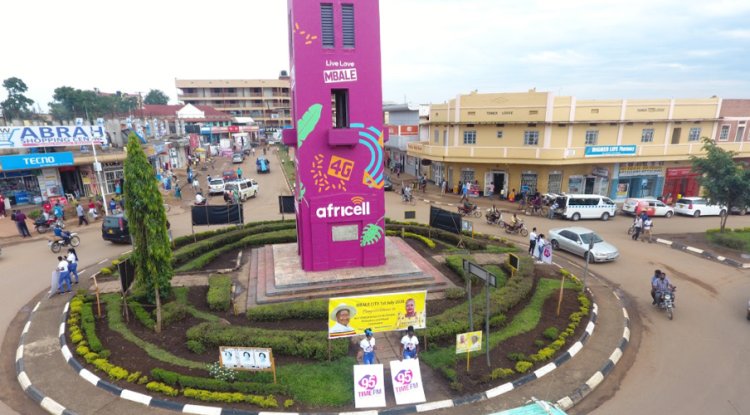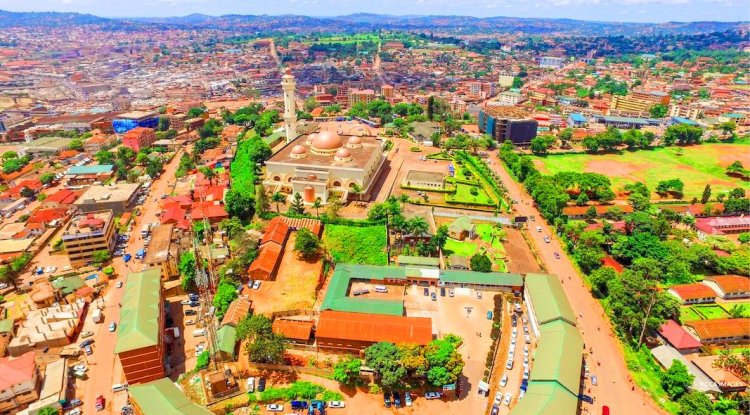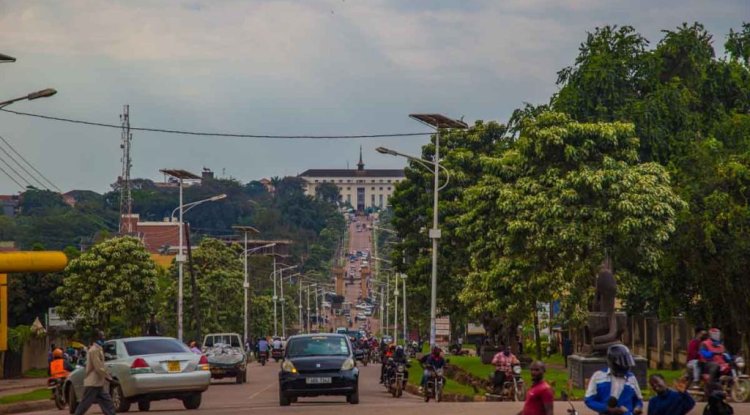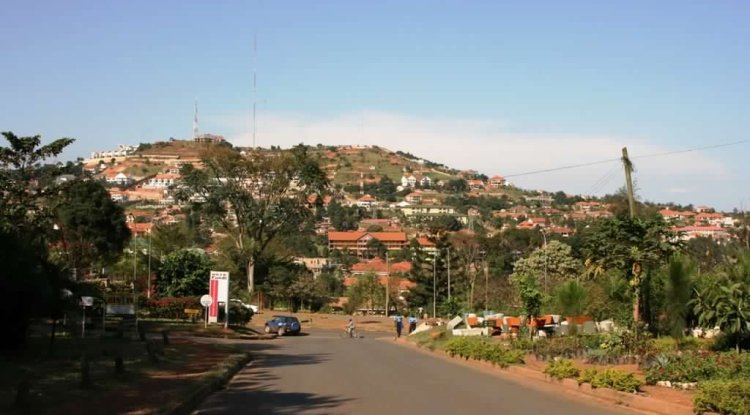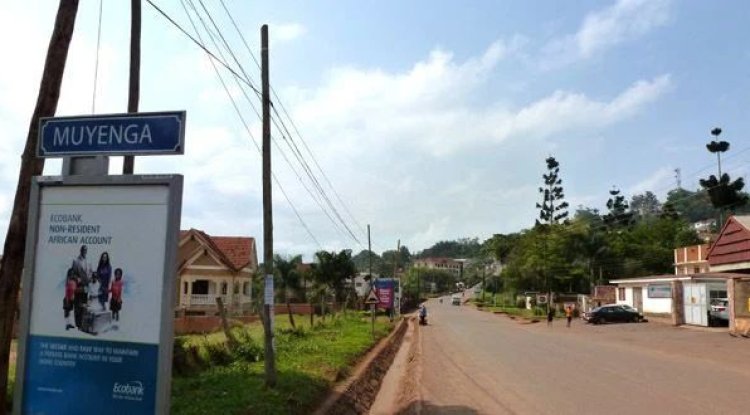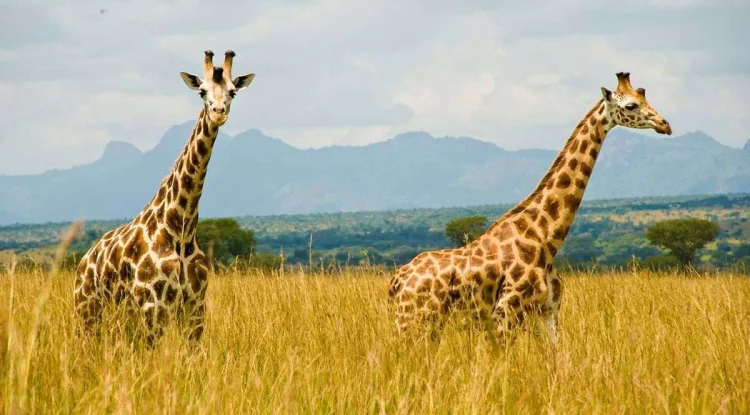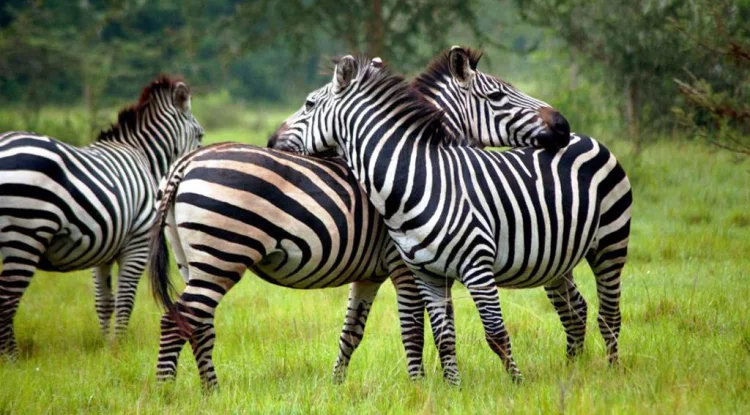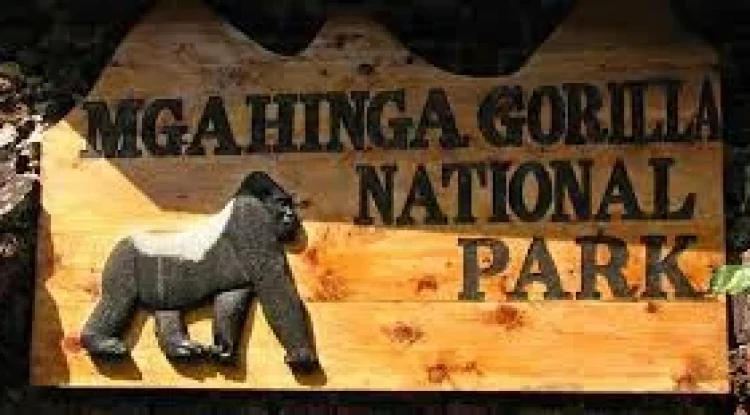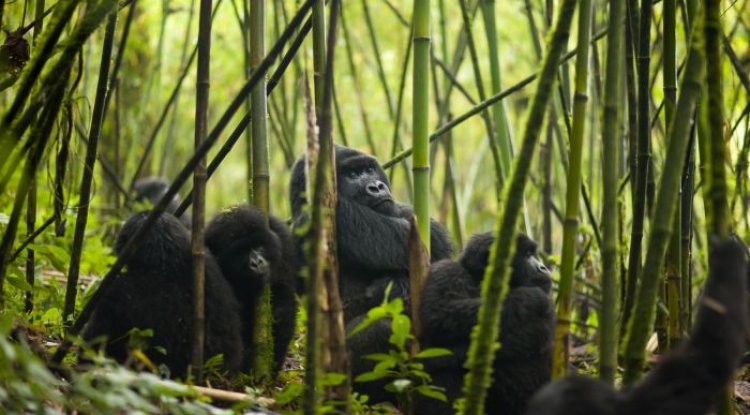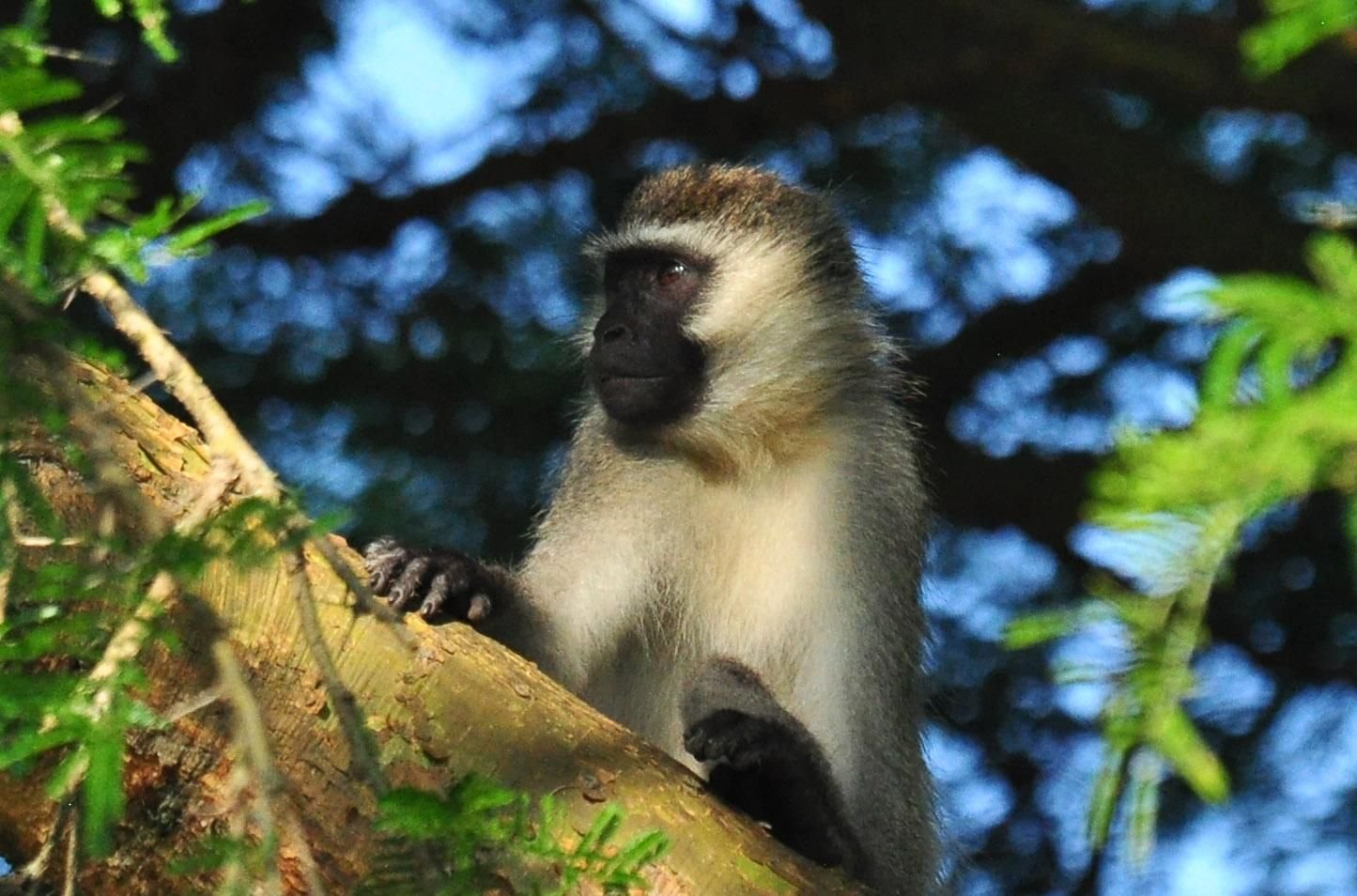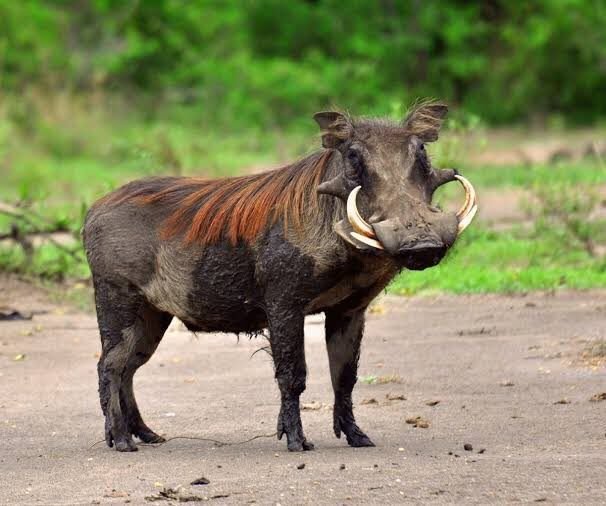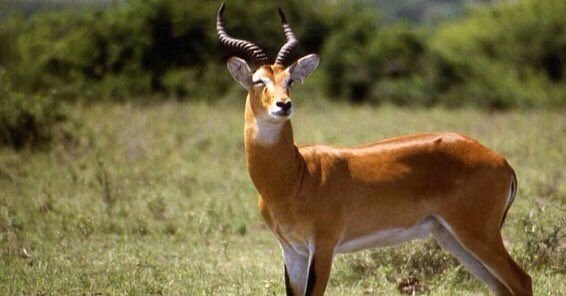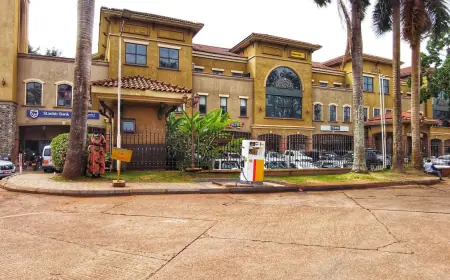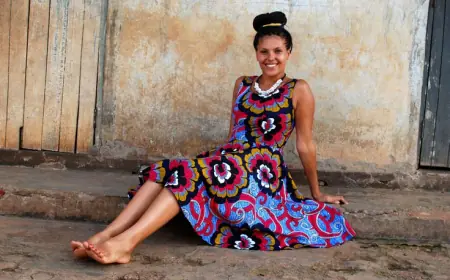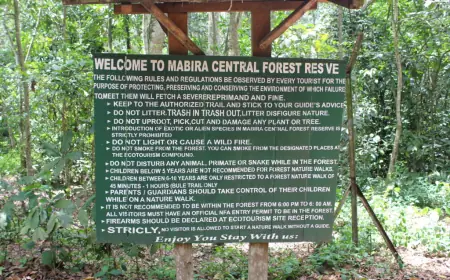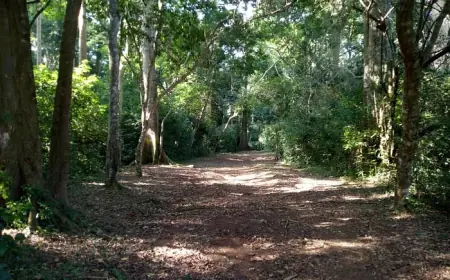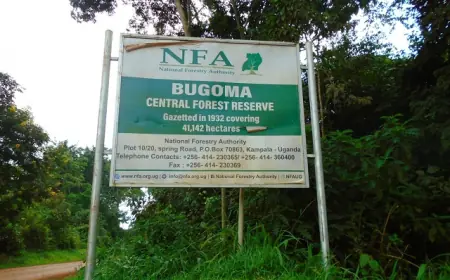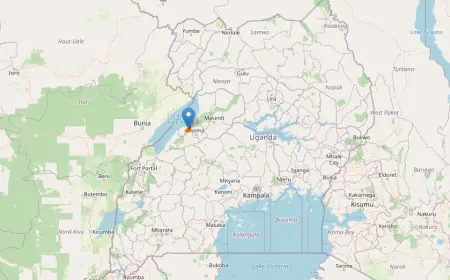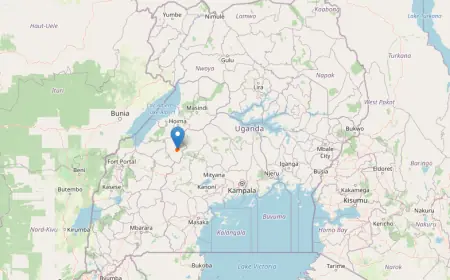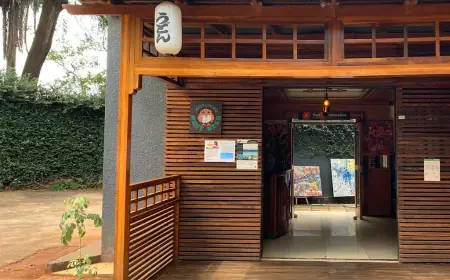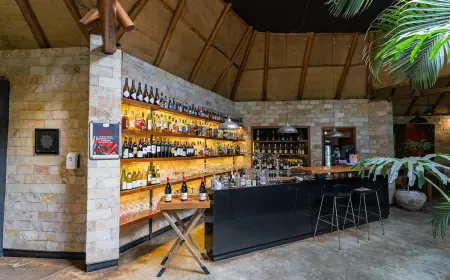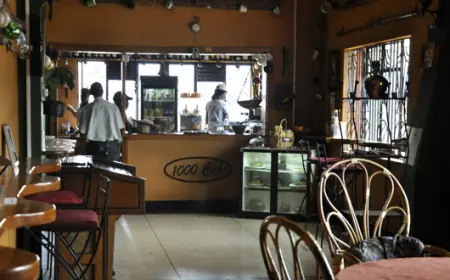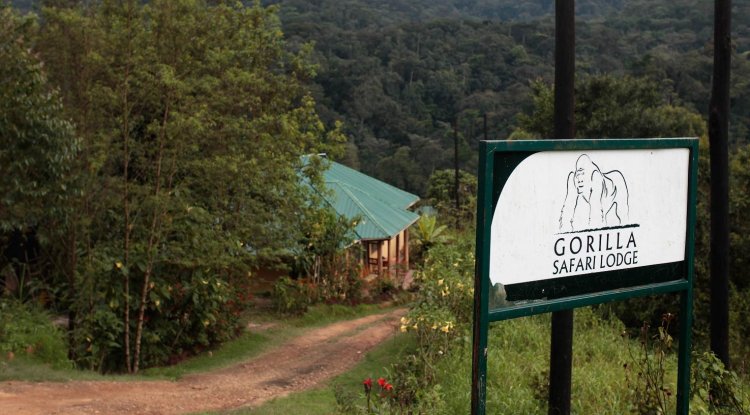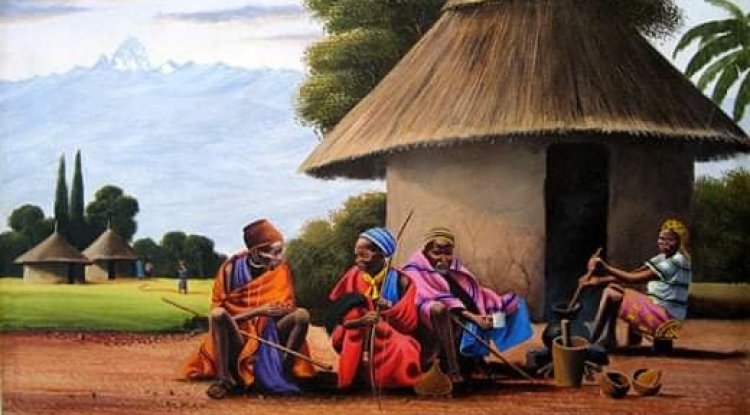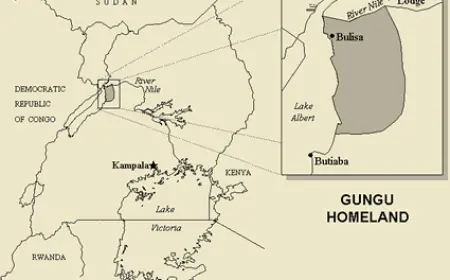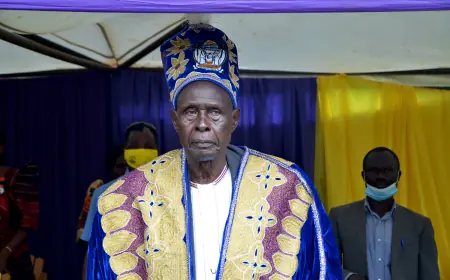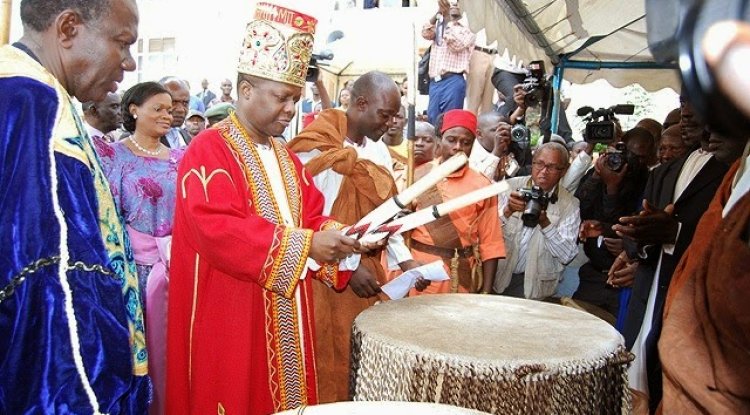The Iteso: A Nilotic People of Uganda and Kenya
Iteso oral tradition holds that they originated from Djibouti thousands of years ago.

The Iteso (or people of Teso) are a Nilotic ethnic group in eastern Uganda and western Kenya. Teso refers to the traditional homeland of the Iteso, and Ateso is their language. They are believed to be the nation’s second largest ethnic group, with roughly 8.1 percent of the population of Uganda. They are also related to other Ateker peoples and other Nilotic peoples.
The Origin and Migration of the Iteso
The exact origins of the Iteso remain unclear. Iteso oral tradition holds that they originated from Djibouti thousands of years ago. The first generation of the Iteso was called ’Itunga’, a semi-hermitic group that was born by Oduk.The Iteso had six major clans, namely:
1. Ikariwok, who were leaders and fighters.
2. Ikomolo, who were foretellers;
3. Irarak, who were gatherers.
4. Igoria—who were builders
5. Ikatekok—who were peacemakers
6. Ikinom—who were the doctors?
It is believed that there were two waves of migration. The initial migration took them to present-day northeastern Uganda and western Kenya, and it was mostly slow and peaceful. The legendary hero Oduk and his wife Among'in allegedly assisted the Iteso in their second migration to modern-day Busia County around 1500 AD, and by the nineteenth century, they dominated a huge span of territory. Their ambitious growth drove them into confrontation with other existing ethnic groups. Oduk is credited with militarizing the Iteso and assisting them in defeating their adversaries. However, their advances were overturned when nearby ethnic groups allied with the British destroyed them. When the Ganda people invaded the Iteso in the nineteenth century, they lost much of their traditional culture and organization; as a result of this conquest, the northern Ateso's language is heavily impacted by Luganda. In contrast, the Turkana language has affected southern Ateso.
The Culture and Society of the Iteso
The Iteso's staple foods are finger millet ('akima') and sorghum ('imomwa'). During colonization, colonial authorities introduced cassava as a food supplement. They also eat pumpkins, wildberries, peas, groundnuts, and beans. Domestic and wild animal flesh were ingested, as well as milk, butter, and fish.
The Iteso people's traditional drink is 'ajon', a fermented beer prepared from dried finger millet (typically the emiroiti kind) that is often enjoyed at local ceremonies, social gatherings, and noteworthy occasions. It can be consumed in a calabash, a communal pot from which participants sip the drink through long tubes. It is customary to confine a mother who has just given birth at home for three days before placing ajon in the infant's mouth. Some Christians in Iteso question the practices around Ajon. In the modern era, ajon production has become commercialized, and its production and sale provide an important source of income for the families who specialize in it.
Traditionally, Teso people enjoyed singing and dancing to educational folk songs on many occasions. These songs include Ataikatiaka Kitiso, a song about Teso unity, Akidai Imojong, a song about respecting and caring for seniors, and Iyalama Imojong, a song about valuing elders, among others.
The Iteso are known for their fast adoption of the ox plow in the early 1900s. Women cultivated and foraged, while males herded their cattle.
Cotton is the principal cash crop for the Iteso. During the short rainy season, both men and women produce it in separate plots. Tobacco is another valuable income crop. In the 1980s, Kenyan government-sponsored cooperative cotton ginneries neglected to pay for cotton delivered by Iteso and other companies. The Iteso then began experimenting with other income crops, such as tobacco, using financing from huge agricultural firms. However, since the 1990s, the cotton industry has seen a partial revival.
Herding used to be the principal economic activity for the Iteso, particularly men. Cattle serve an essential social role among the Iteso, as they help negotiate bride prices and other important social events. When a parent gives his son his own livestock, it indicates that the boy has matured and is now capable of managing his own estate and starting his own family.
According to oral tradition, the mythical Oduk established the Iteso practice of exhuming dead from bushes after a period of years. According to Iteso traditional religion, when a person dies, their body is separated from their spirit ('eparait'), which goes to live in the jungle. Ideally, the spirit will travel further into the jungle, but dissatisfied spirits may return to trouble the living, seeking food and drink.
Exhuming the bodies after a few years is intended to 'cool' them and make them more accessible to the living. Many Iteso are hesitant or even scared to be buried in coffins, believing they cannot be 'cooled' and thus suffocate the deceased.
Because of missionary influence, spirits of the dead have come to be associated with ajokin, small bush creatures, and both have become associated with the devil.
Conclusion
The Iteso are a Nilotic people of Uganda and Kenya who have a long and complex history, a rich and diverse culture, and a challenging and promising future. They have faced and overcome many difficulties and have also seized and created many opportunities. They are proud and resilient people who have a lot to offer their countries and the world.
What's Your Reaction?
 Like
2
Like
2
 Dislike
0
Dislike
0
 Love
0
Love
0
 Funny
0
Funny
0
 Angry
0
Angry
0
 Sad
0
Sad
0
 Wow
0
Wow
0
